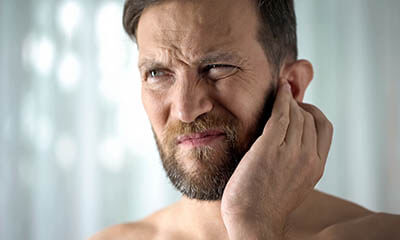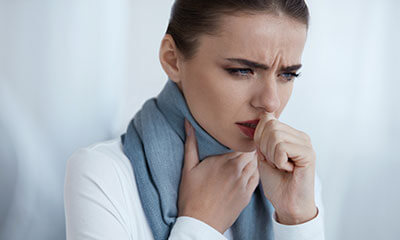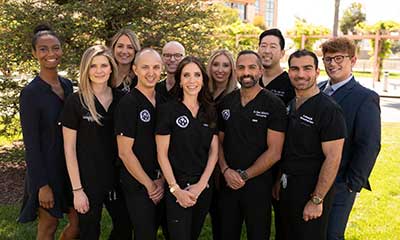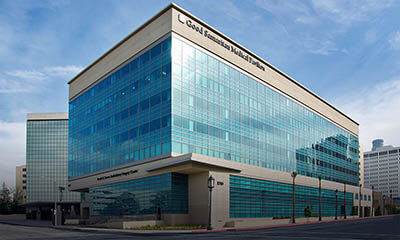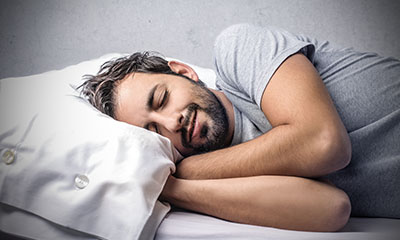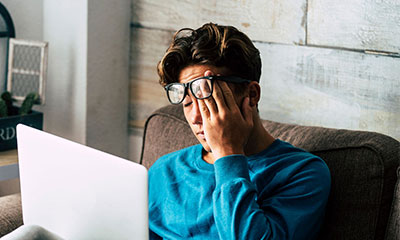Part of safety at the workplace is about providing protection from possible physical injuries that includes hearing.
Hearing protection is a crucial element of industrial safety. While there are different types of safety equipment available for protecting workers from various hazards, not much is being done to protect them from noise-related hazards.
Millions Are Exposed to Hazardous Noise Levels at Work
Noise limits are measured as an average of what the employee is exposed to for their entire work shift. According to Occupational Safety and Health Administration (OSHA), noise levels at 85 decibels(dBA) (e.g Heavy traffic, window air conditioner, noisy restaurant, power lawn mower) for an 8-hour shift entail that employers put measures in place to protect hearing. Noise above 85 decibels(e.g. Subway, shouted conversation) are harmful. 90 dBA is the permissible exposure limit for an 8-hour shift. It means that noise at this level can lead to hearing damage if exceeding the 8 hour limit. Employers must ensure that there are protective measures and programs in place to protect employees. NIOSH, or the National Institute for Occupational Safety and Health, states that around 22 million workers in the United States are exposed to hazardous noise levels while at work. An estimated $242 million is made in workers' compensation every year. It is evident from the above data that hearing is a major work-related illness that workers are battling in the United States. A study done sometime last year revealed that around 17 percent of workers who have been exposed to high sound decibels at their workplace suffered from major hearing issues. Another 15 percent experienced tinnitus, the feeling of buzzing or ringing in the ears even when they are in a relatively calmer place. Nine percent of workers had both these conditions.
What OSHA Guidelines Recommend
OSHA has set specific restrictions on noise levels in workplaces in the United States. The agency mandates that noise exposure should not exceed 90 decibels for an eight-hour shift. If employees are exposed to higher noise levels for longer periods than that, they may experience some hearing loss. Also, the endurance level of employees can drop as the noise levels rise. An estimated 1.1 billion young people are at risk of hearing loss worldwide because of unsafe hearing practices, according to the Safety And Health Magazine. It is an indication that more people are likely to begin their career with an existing hearing loss, which can be a scary situation. It can create high levels of safety risks as employees will not be able to listen to danger alarms or important communications from co-workers. Workers in some industries are at a greater risk of hearing damage than others. For instance, employees in the manufacturing sector are at a significantly higher risk of suffering from tinnitus. The co-occurrence of tinnitus and hearing difficulty is also commonly seen among workers in the manufacturing industry. Another high-risk industry is the mining sector, where workers are exposed to high decibels of sound from drilling activities for extended periods.
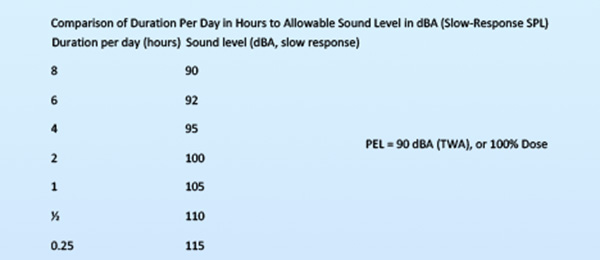
NIOSH RELs for Protection of Employees Health
NIOSH has identified Recommended Exposure Limits (REL) to ensure the protection of workers from the ill effects of hazardous circumstances at work. The RELs are established based on the best-available science and practices. The risk of hearing loss from noise exposure is a complex issue. In some individuals, a single, brief but intense exposure can result in immediate loss of hearing. However, most hearing losses are caused by repeated and constant exposure to hazardous noises. The accumulated damage can result in permanent loss of hearing in workers who work in an extremely noisy work atmosphere. The risk of noise damage depends on many factors such as how loud the noise is and the length of time a worker is exposed to it. The risk also depends on the gap between exposures and the susceptibility of the individual to such noises. Exposure to noise at work and its related consequences is a complex subject. The noise exposure limits are established to simplify the risks and provide practical solutions and methods of dealing with the problem. The aim is to protect workers from the serious ill-effects of noise at work and ensure they live a healthy life. If you think you might have hearing loss from your occupation and would like to see a specialist the Los Angeles Center for Ear, Nose, Throat and Allergy is here to help. To book an appointment, click here and choose the location nearest you.
Author
 Dr. Geoffrey B. Trenkle, D.O.
LACENTA C.E.O.
Dr. Geoffrey B. Trenkle, D.O.
LACENTA C.E.O.
